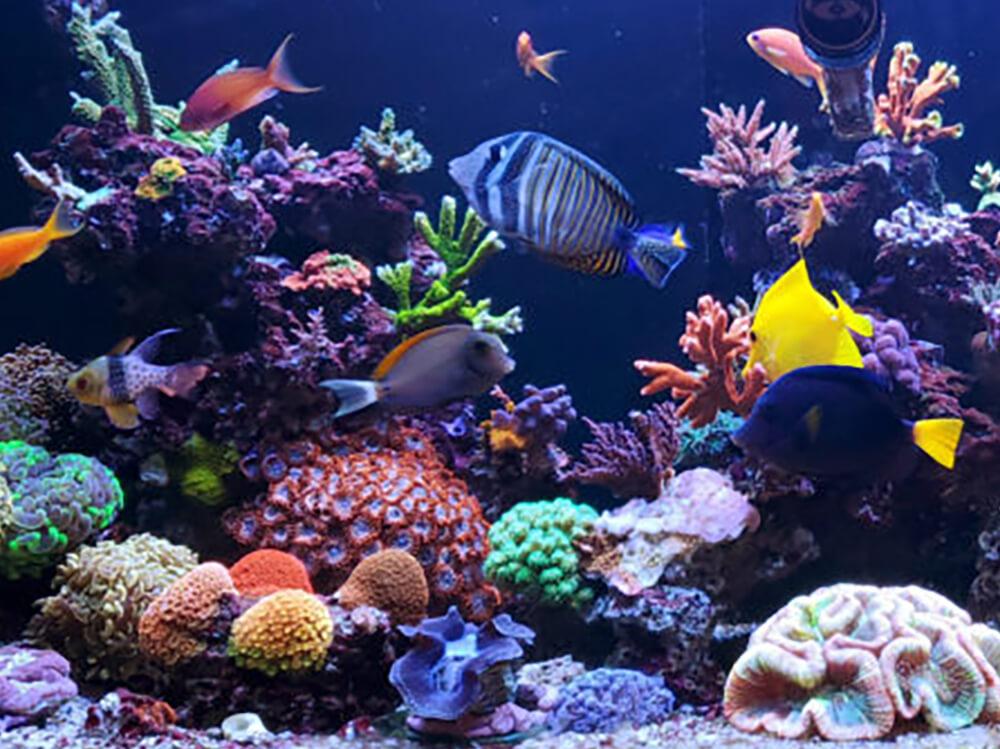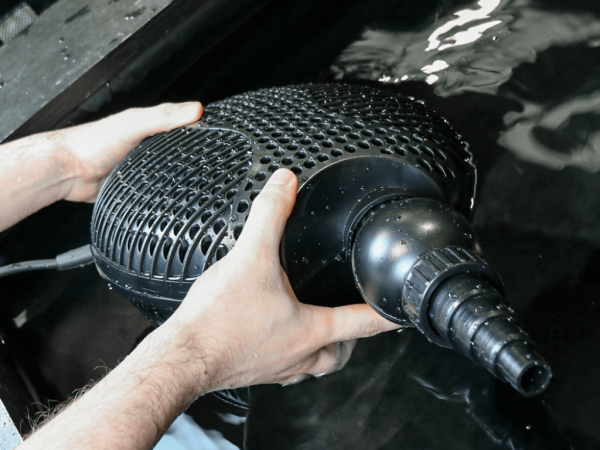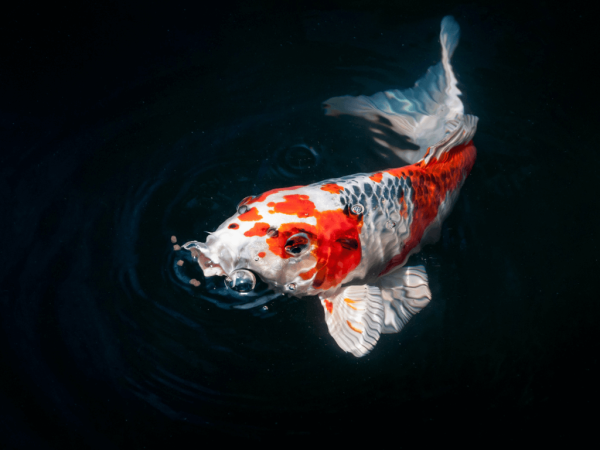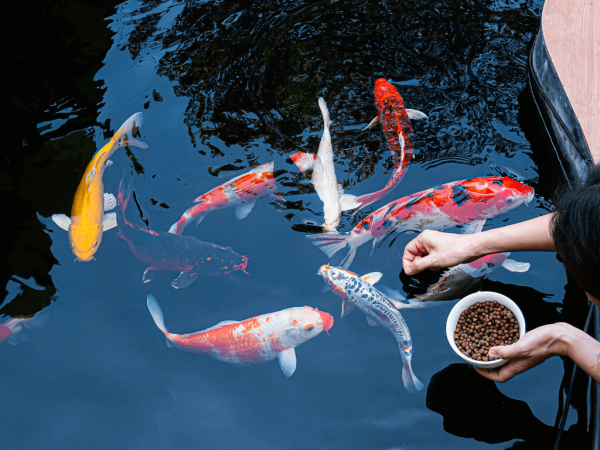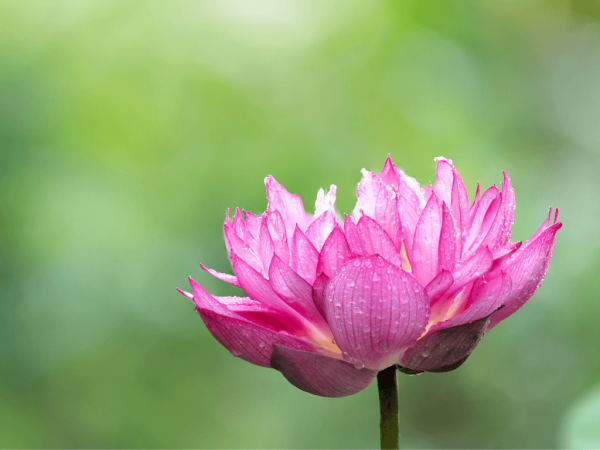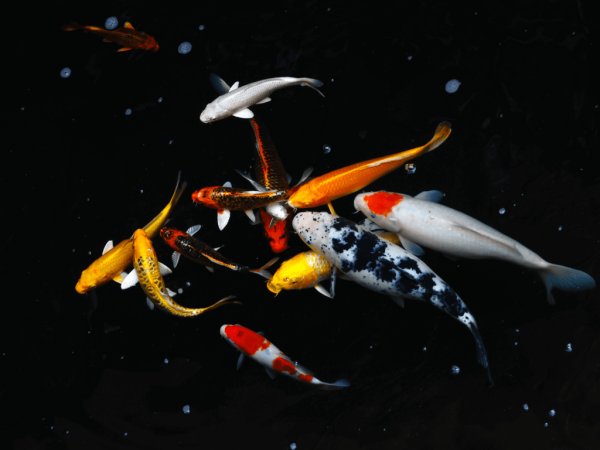How to convert a freshwater tank to marine
Keep tropical fish for any length of time and sooner or later you’ll be drawn to the salty side. There’s never been a better time to keep marines because of the experience, understanding, technology and availability, but is it possible to keep the tank that you already have, and convert? The answer is yes, as long as you’re prepared to invest in some new equipment and stick to a new set of water parameter rules.
Freshwater tank size
Virtually any aquarium can be converted to marine including small ones, but there are limitations. Nano reefs or nano marine tanks really need to be 40 litres in volume or larger, as larger bodies of water are more stable, and nothing is more stable than the sea.
Even small tanks need quite a bit of equipment so think about where it will go, and if there is room in the filter chamber and hood to accommodate it. Clownfish (Nemo,) can be kept in tanks as small as 60 litres, or two feet in length, but Dory (Regal tang,) and other popular marine fish like Yellow tangs need much larger tanks of 300 litres plus, so start small and you may miss out on lots of the biggest draws with marine - the fish.
Tanks of 180 litres and over are best for converting to marine as then there is more room for a number of fish and invertebrates. Large marine tanks make for better visual spectacles and are more stable.
If you want to stay small and try marines at the same time as running your main tropical tank, why not set up a second marine nano tank?
Marine aquarium lighting
Lighting is an important consideration if you want to keep corals. Most tropical tanks come supplied complete with lighting, but it will be the wrong spectrum, and often not bright enough to grow corals.
Find out if your aquarium manufacturer produces marine spectrum lights for your make and model of tank, as many do. If your tank comes as standard with two freshwater light tubes, swap them out for two marine spectrum ones - one marine white and one marine blue. If your tank has provision to take more lighting then that’s better still. Opt for two marine white and two marine blue LED light tubes and you’ll be able to grow most corals.
But if you need brighter light for demanding coral species, or you can’t fit extra light tubes inside your tank’s hood there are other options. See if you can remove the hood and existing lighting altogether, as if you can, you can fit lighting which will clamp to the tank rim. An open-topped tank allows for multiple lighting units, brighter lights that cannot be used inside closed hoods and are better for gaseous exchange, which is important for reef tanks. Removing the hood will also mean that you can fit a protein skimmer inside the tank, which needs to protrude up above the waterline. More about protein skimmers in a minute.
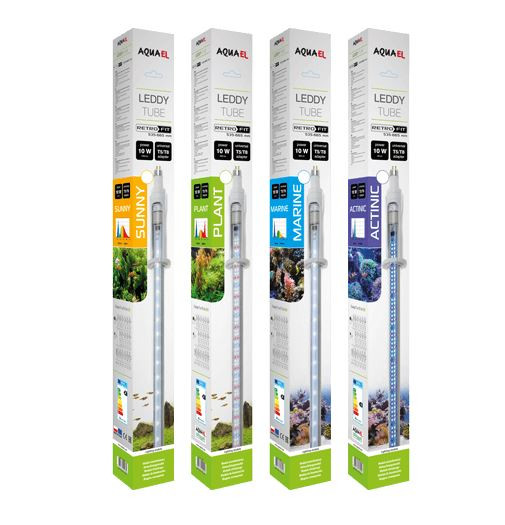
Marine tank filtration
Filtration in a tropical tank is straightforward. You use an internal or external filter to filter the water mechanically, biologically and chemically. You can filter saltwater in the same way but typically you would remove filter sponges and replace them with filter wool, add extra chemical media in the form of activated carbon and phosphate removal resin. Marine tanks use different bacteria so you wouldn’t be able to move the mature media across from your existing tropical tank. Instead, you would have to wash it under the tap, sterilising it, or buy new media and start again. So you’ll need marine-specific filter starter bacteria too.
A protein skimmer is a recommended extra marine-specific filter. It separates organic pollutants from saltwater using tiny air bubbles and it will help manage water quality, keeping pollutants low, while adding oxygen at the same time. Search for an internal protein skimmer that fits inside your main tank or a hang-on-the-back model.
Water flow for corals
Although your tropical tank’s filter will provide water flow, it won’t be enough for corals. Supplement water output from your filter with the extra flow from a wave-making pump. Aim for a wave pump that turns over at least 20 times the tank volume per hour, not including other pumps, so a 180-litre tank would typically need a 4000lph wave pump, or two 2000lph pumps, with one at each end.
Some wave pumps are controllable, meaning you can turn them up or down, while others are programmable, enabling pulsing wave action, or ebb and flow, or random flow patterns, just like in the oceans. If it's in your budget, a programmable wave-making pump is the best way to go.
Aquarium heating
The heater is one thing that you won’t need to change. Heaters are safe for both fresh and saltwater, and the optimum temperature of a marine tank is the same as that of a tropical tank, at 25C. If you do start to load up your tank with expensive corals, however, consider the accuracy and reliability of your heater long term. It may not be wise to rely on a £20 heater if keeping £2000 worth of corals. More reliable Titanium heaters with separate, more accurate thermostats are available.
Marine aquarium salt
The major difference between tropical and marine is of course salt. Salt can be bought in dry powdered form or ready mixed, with the former being cheaper, and the latter, easier. Make up your own saltwater and you will need a Reverse Osmosis (RO) unit, and when keeping any marine tank you need a Refractometer, which is the device used to measure salt levels.
Saltwater evaporates, with the freshwater part leaving and the salt part staying behind. The result is that your marine tank will get saltier, which is bad for corals.
Use the refractometer to monitor salt levels and top up evaporation with RO water. Stable salt levels are so necessary that an auto top-up device is recommended.
Aquarium test kits
You will need some extra test kits when running a marine tank, especially if you keep corals. For fish-only marine tanks, you will need tests for ammonia and nitrate. For a reef tank, you will need an ammonia test when maturing the system and then KH, calcium, magnesium, nitrate and phosphate as soon as you buy your first corals.
Marine aquarium decor
Decor sets marine tanks apart from freshwater as you can use coral sand instead of standard sand or gravel. Coral sand buffers pH (which is why it is not suitable for most freshwater tanks,) and straight away gives your tank a clean, tropical marine look. Keep marines and you will also find out about Live Rock, rock taken from actual coral reefs, but you don’t need it anymore as ceramic, artificial rocks come in an amazing range of shapes and colours, are pest free, and haven’t been taken from the ocean.
Add the sand and rock before filling the tank with water. Take your time to arrange the rockwork into natural-looking reef structures and fasten it together using reef putty.
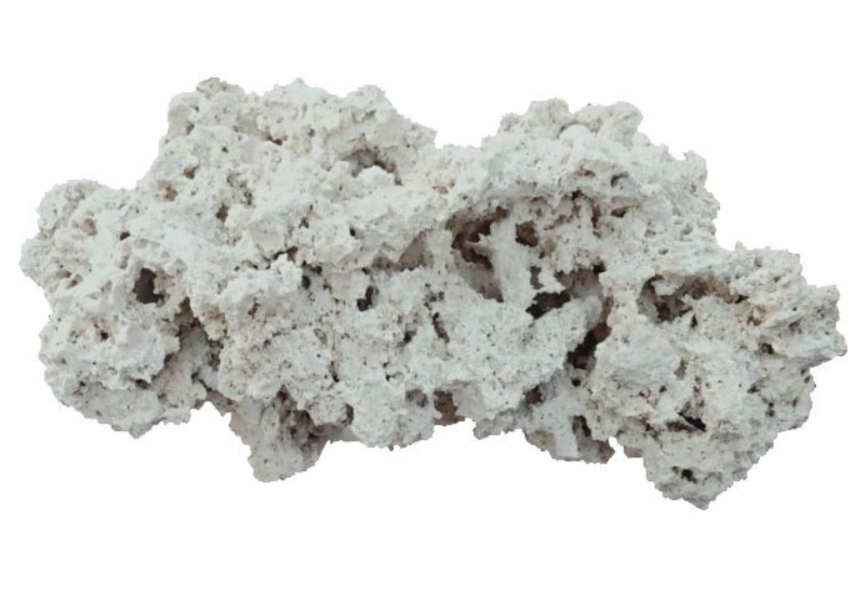
Marine tank conversion shopping list
- Marine spectrum lighting
- Wave pump(s)
- Salt
- Protein skimmer
- Refractometer
- Activated carbon
- Phosphate remover
- Test kits
- Coral sand
- Reef rock
Fish-only or reef tank ?
Fish-only is by far the easiest of the two. If you just want clownfish for example and aren’t bothered about live corals then a fish only marine tank is very achievable, even for beginners.
But most people swap to a reef tank sooner or later in order to include the huge variety of invertebrates from crabs and starfish to corals and anemones. If you are unsure and a bit scared, go fish-only. If you like a challenge and a steep learning curve (and you can afford it,) go reef.




